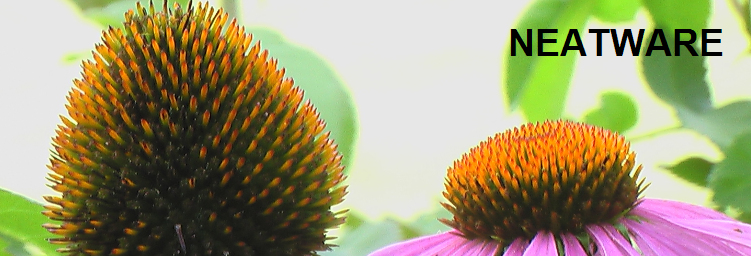Cinematic Effects
Tween
Tween or key frame interpolation technique blends vertex positions or normals with a time parameter. The linear tween generates a new vertice from two vertices v0 and v1 with the formula v0*(1-t) + v1*t (t in [0, 1]). Hermite spline interpolation is a more complex tween technique. The dolphins under the sea used the key frame interpolation.
Ripple
A ripple effect generates a wave on the surface of water.
Glow
It uses sub-surface scattering technology to attain the lighting effect. The glow effect is generated by setting light behind the surface, then the light is bounced around out of in various directions.
Motion blur
"With motion blur, the velocity of each pixel is recorded, and during final rendered steps the faster-moving pixels are blurred by a specified amount."
Depth of field
"Depth of field accounts for the distance of each pixel and each object from the viewer, and uses a lens and camera model to blur portions of the image by different amounts, depending on the distance. You could set the depth of field to be near, medium, or far, for example."
Realistic shadows
|
 Copyright© 2003, Neatware. All Rights Reserved.
Copyright© 2003, Neatware. All Rights Reserved.
|
|

